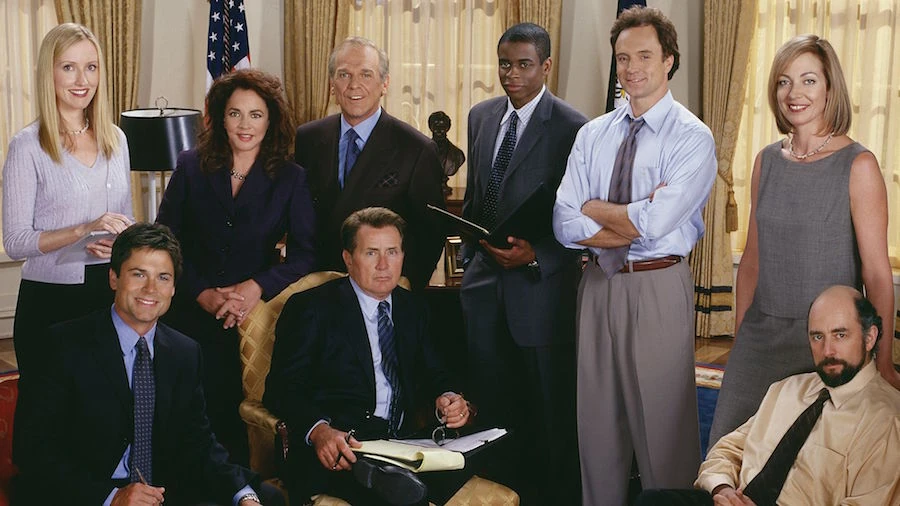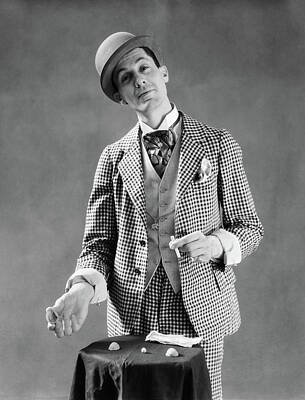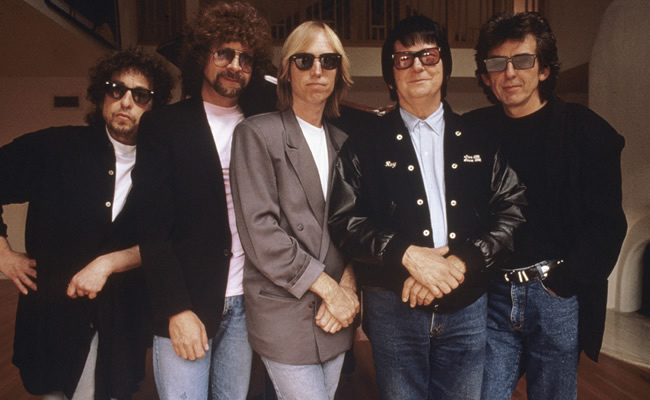I've talked a lot on here about what I call the "Reagan Dawn," that cultural period from 1979-1982 where the transvaluation of values in favor of neoliberalism took place. I have also begun to theorize what I call the Reagan Dusk, which I date roughly from 1987 to 1991. This was a time when the promises of the Reagan Era appeared to have been false, and when the end of the Cold War forced a reckoning with the consequences of valuing missiles over people. There were contradictory forces to this self-reflection, such as the Gulf War and the peaceful collapse of communism. While these events seemed to say that America had triumphed, the social problems of the time appeared to expose them as Pyrrhic victories. (Neil Young's searing "Keep On Rocking In The Free World" and Public Enemy's "Fight The Power" both hit in 1989 and were calls to action after years of neoliberal regression.)
Culturally, this was a time when the day-glo of the 80s had muted into earth tones, primary colors, and baggy sweaters. (Watch the original Twin Peaks and look at the clothes and you'll know what I am talking about.) Rap music was confronting the realities of American life under Reagan, but the only acts to get played on the radio were the likes of MC Hammer, Young MC, and (yikes) Vanilla Ice. There was too a growing underground rock scene, but it was far left of the dial. Culturally the nineties started in late 1991, once "Smells Like Teen Spirit" dropped and NWA's second album went to number one.
During the Reagan Dusk, things in the rock music world were more confused. Hair metal was the most popular genre, but was despised by anyone over the age of fourteen with five working brain cells to rub together. The rest of us, searching for "authenticity" fed on a diet of what I would call "Nostalgia Rock." This was music rooted in the 60s, often by musicians from that era, which consciously or not opposed the values of that era to the ones of the late Reagan years. Some of this music was purely nostalgic (like George Harrison's
"When We Was Fab"). Sometimes the artist simply played original songs in the mode of older forms (like Chris Isaak.)
The curtain-raiser on this phenomenon was the Traveling Wilburys, a supergroup formed out of Tom Petty and the Heartbreakers touring with Bob Dylan. Jeff Lynne had produced friend George Harrison's hit
Cloud Nine, and Roy Orbison somehow got roped in, too. Petty was the only artist of the now, the others were long in the tooth. This band of geezers cut some hits on their first record in 1988, including
"Handle With Care," which still holds up. (I love the contrast between Dylan's late period quack and Orbison's soaring opera tenor.) It also happened to be the beginning of a Bob Dylan renaissance, as evidenced by 1989's
Oh Mercy. This Wilburys supergroup album, which might have been dismissed in a time less starved for authenticity, went multiplatinum and won a Grammy.
Soon the deluge followed. In 1989 a bunch of sixties artists hit the road, including bands that had broken up, like the Who. The Rolling Stones toured behind
Steel Wheels, inevitably prompting "steel wheelchairs jokes." (The joke's on us, since it's almost thirty years later and the Stones are still rolling.) There was a lot of Boomer nostalgia involved, but also a lot of curiosity by younger people (like myself) who rightly thought "Paint It, Black" far superior to "Cherry Pie." The Stones' current music
was mediocre at best, but
Steel Wheels was showered with accolades and sold very well.
Other legends managed to find their way back into the charts in this late 80s era, like George Harrison, Roy Orbison with
"You Got It", and the aforementioned Neil Young. Hell, even the damn Grateful Dead had a big hit with
"Touch of Grey." Younger artists who borrowed from older styles also broke through. REM became the sole band of the pre-"Nevermind" underground to surface into mainstream MTV and radio play with a Byrds-y sound rooted in the sixties. Tom Petty's
Full Moon Fever spawned several hits also with a very retro Byrds-y sound that departed from the more electronic, progressive music on songs like "Don't Come Around Here No More" and "You Got Lucky."
Chris Isaak's pompadour, reverby guitar, and Orbison-esque vocals made him look and sound like a lost rock and roller who had fallen asleep in 1962 and woken up in 1990. The Black Crowes emerged big time in 1990 with a sound deeply rooted in early 70s southern rock and had a hit with a
cover of Otis Redding's "Hard To Handle."
By 1990-1991 things got meta, and songs like
"Black Velvet" and
"Walking In Memphis" began to comment on the music of the past and its authenticity. Alannah Myles' "Black Velvet" was about Elvis while never saying his name. The song itself was a sultry blues, rather than Elvis' rockabilly, but recalled a music that could change the world. In 1990, that felt like a long time ago. Marc Cohn's
"Walking In Memphis" made all kinds of references to American soul, gospel, blues, and rock n' roll but the song itself was built around a catchy piano hook that was very 1991. Cohn's love for this music is pretty obvious in the lyrics and his passionate reading of them.
But living in this time the years and years of nostalgia for a past music that mattered wore thin on youngsters like myself. I wanted my own music, and had been digging to find it. Public Enemy, Ice Cube, NWA, and Eric B and Rakim all energized me far more than what I was hearing on the radio. The music that mattered to me and felt important was not rock music. That changed in the autumn of 1991, when Metallica's black album and Nirvana's
Nevermind dropped. Suddenly punk and metal were going from the losers and glue sniffers to the mall. Even the excesses of Guns n Roses'
Use Your Illusion albums (released in late 1991) felt like a jolt to a rock scene desperately in need of one. Pretty much from that point forward the aping of the 60s lost its charm, and the new music made by the legends was immediately cordoned off into the geezer rock pastures. (Except for Neil Young and Tom Petty, who put out great stuff in this era.) For a teenager desperate for HIS generation to have its own musical heroes, it was a kind of deliverance, and marked the end of the Reagan Dusk and the dawn of the nineties.




